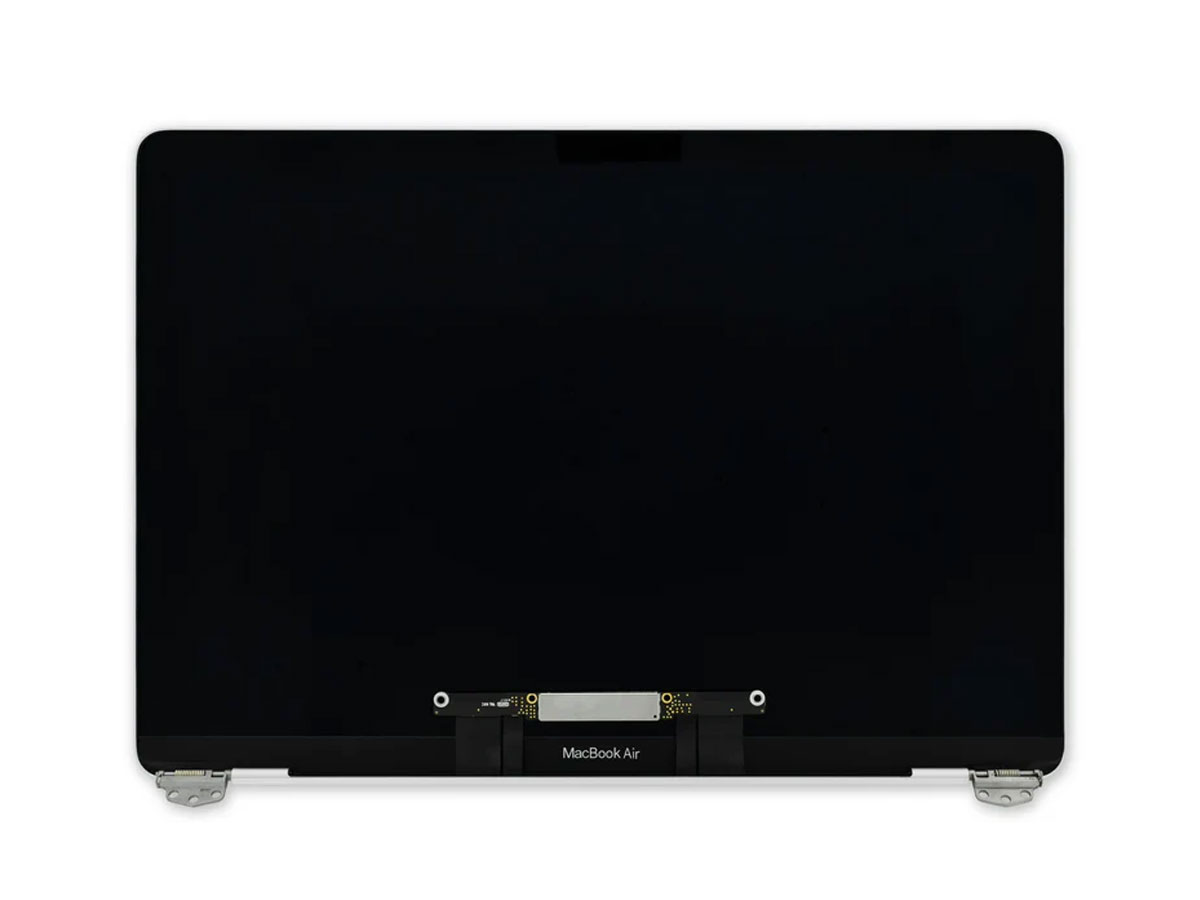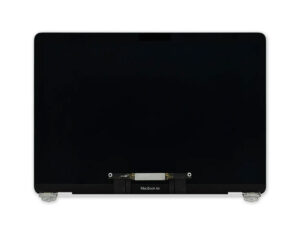
Taking care of a MacBook is essential to keep it running smoothly and extend its lifespan. Regular maintenance and careful use can prevent potential issues and keep it looking and functioning like new. Here’s a guide on how to take care of your MacBook, covering cleaning, software maintenance, and prope r handling—and tips to prevent costly MacBook repair down the line.
r handling—and tips to prevent costly MacBook repair down the line.
1. Keep Your MacBook Clean
Keeping your MacBook physically clean not only maintains its appearance but also helps avoid overheating by removing dust from vents and fans.
Screen Cleaning:
- Turn off the MacBook and unplug it.
- Use a soft, lint-free microfiber cloth to gently wipe the screen.
- Avoid using sprays directly on the screen. Instead, dampen the cloth slightly with water or a screen-cleaning solution designed for electronics.
Keyboard and Body:
- Use compressed air to blow out dust from between the keys, which prevents buildup that can interfere with the key mechanism.
- Clean the keyboard and the body with a microfiber cloth dampened with a small amount of water or isopropyl alcohol.
- Avoid harsh chemicals or abrasive cleaners as they can damage the finish.
Regular cleaning can prevent the need for future MacBook repair by protecting delicate components from dust and grime buildup.
2. Software Maintenance
Regular software maintenance is crucial to ensure your MacBook runs smoothly and efficiently.
Keep macOS Updated:
- Apple frequently releases updates that include security patches, performance improvements, and new features. Check for updates by going to System Preferences > Software Update.
Clear Storage Space:
- Running out of storage can slow down your MacBook. Regularly delete unnecessary files and uninstall applications you no longer use.
- Use the built-in Storage Management tool to identify large files and review recommendations for managing storage.
Run Diagnostics and Clean Up Software:
- MacBooks come with a built-in diagnostic tool (Apple Diagnostics) that can check hardware issues. You can run it by holding D when starting up your MacBook.
- Occasionally running maintenance software, such as CleanMyMac or OnyX, can help you clear caches, logs, and other temporary files that can accumulate over time.
3. Battery Care
Proper battery care is essential to maintain the battery health and ensure longer usage times.
Avoid Full Charge Cycles:
- Lithium-ion batteries, like the one in your MacBook, are healthiest when kept between 20% and 80%. Avoid letting your MacBook drop to 0% or stay fully charged for extended periods.
Turn on Battery Health Management:
- macOS includes a Battery Health Management feature (available on macOS Catalina 10.15.5 or later) that adjusts charging based on your usage to reduce battery wear. This can be enabled under System Preferences > Battery > Battery Health.
Keep it Cool:
- Overheating can damage the battery. Avoid using your MacBook on soft surfaces like beds or pillows that can block the cooling vents. Use it on a hard, flat surface or a laptop stand that allows proper airflow.
4. Physical Handling
MacBooks are durable but need to be handled with care.
Avoid Bending or Applying Pressure:
- Never place heavy items on top of your MacBook or apply excessive pressure, especially on the screen. Closing the lid with objects like pens or even a thick case inside can cause permanent screen damage.
Use a Protective Case and Screen Protector:
- If you frequently take your MacBook on the go, consider using a protective case and a screen protector. A case can help prevent scratches and reduce damage in case of minor impacts, while a screen protector shields against scratches.
Properly Plug and Unplug Accessories:
- Always connect and disconnect accessories (like power cables and USB devices) with care. Pulling them out roughly or at an angle can damage the ports.
5. Security and Backup
Data security and regular backups are critical.
Enable FileVault:
- FileVault is an encryption feature that protects your data. To enable it, go to System Preferences > Security & Privacy > FileVault.
Create Regular Backups with Time Machine:
- Use Time Machine to back up your data automatically. Connect an external hard drive and enable Time Machine under System Preferences > Time Machine.
Set Up Find My Mac:
- Find My Mac helps locate your MacBook if it’s lost. Go to System Preferences > Apple ID > iCloud and enable Find My Mac.







